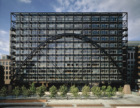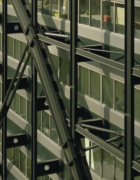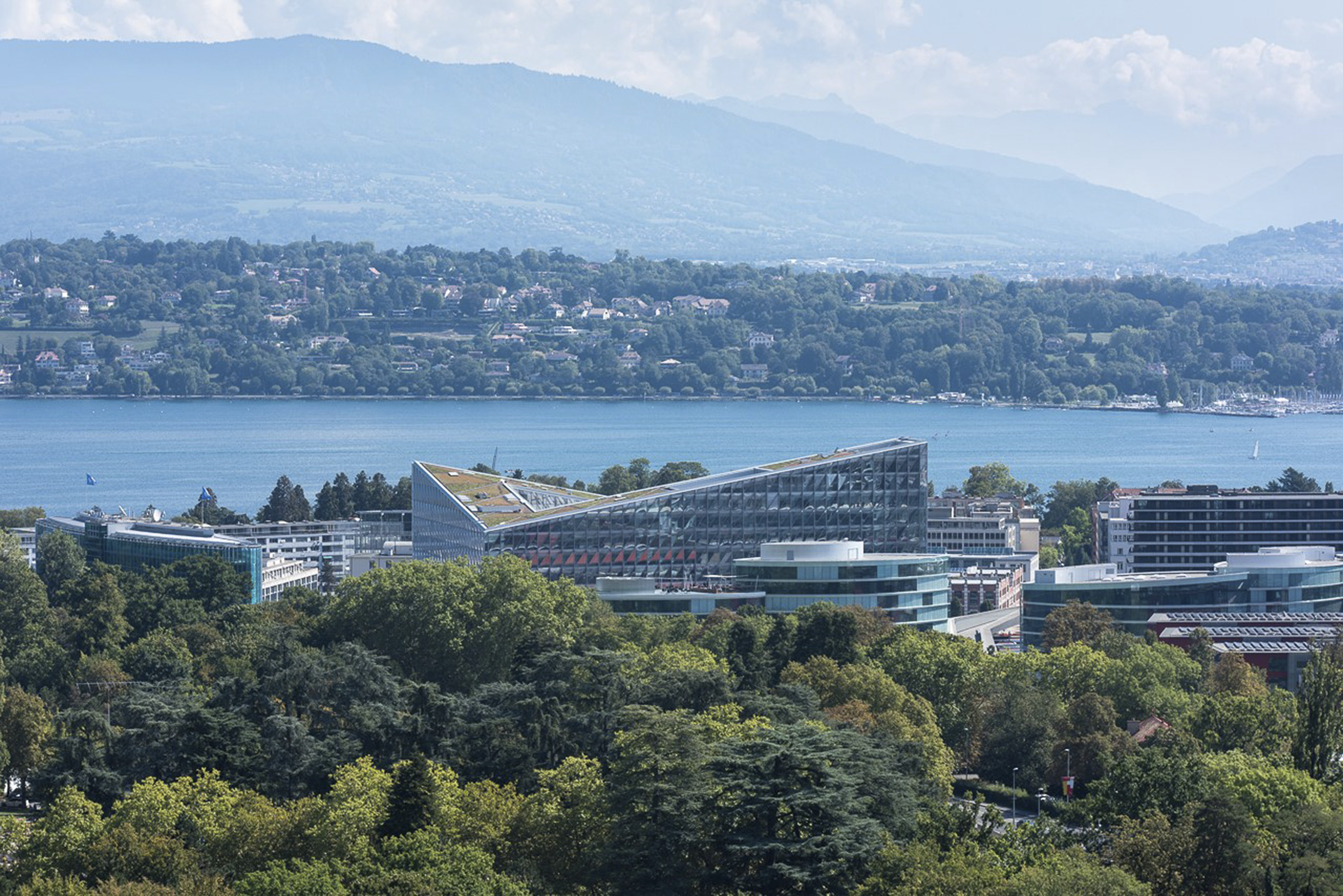In 1969, the American Institute of Architects (AIA) began awarding its 25-Year Award to recognize buildings and structures that have set a precedent of architectural excellence. Each year, the organization bestows the honor upon a project that has “stood the test of time.” Since the establishment of the program, SOM has received six 25-Year Awards, more than any other firm currently practicing today. Here, we review these buildings, which the AIA has designated as standards of excellence in the profession.
New York City’s Lever House marked a watershed in U.S. architecture when completed in 1952. The corporate headquarters, with its facade made of blue-green glass and stainless steel mullions, was one of the first glass-walled International Style office buildings in the country. The structure consists of two intersecting masses, balanced in their proportions but contrasting in shape. A two-story horizontal block containing an open court occupies the entire site with a 21-story tower located on the north. Within a decade of its construction, the initial enthusiasm for Lever House gave way to a universal recognition of its pivotal importance to American architecture. In 1982, the New York City Landmarks Preservation Commission designated the Lever House an official landmark. And In 2001, this modern landmark was restored by means of a curtain wall remediation, designed by SOM. Lever House won the AIA 25-Year Award in 1980.
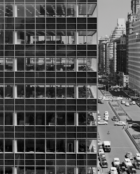
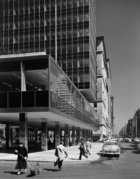
Completed in 1963, the Cadet Chapel was the culminating architectural element of SOM’s master plan and design of the entire U.S. Air Force Academy campus. The striking building in Colorado Springs, Colorado, features a succession of 17 glass and aluminum spires — each composed of 100 tetrahedrons — enclosing the upper level. Continuous panels of brilliant stained glass clad the tubular tetrahedrons, enabling diffused light to enter the building. The program required three distinct chapels: a 900-seat Protestant chapel, a 500-seat Catholic chapel, and a 100-seat Jewish chapel. SOM recently completed a comprehensive rehabilitation and modernization plan for the iconic landmark. The Cadet Chapel won the AIA 25-Year Award in 1996.
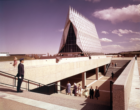
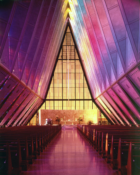
John Hancock Center, the world’s first mixed-use tower, is an architectural icon representing the close collaboration between architect Bruce Graham and structural engineer Fazlur Khan. Located in Chicago and completed in 1970, the supertall skyscraper remains an archetype for the collaborative ideal that continues to make SOM a leader in a wide spectrum of design disciplines. Its instantly recognizable, expressive cross-bracing represents the first use of the exterior diagonalized tube structural system. Additionally, the building’s tapered shape, which creates floor plates of varying sizes, allowed it to achieve diverse programming. The John Hancock Center won the AIA 25-Year Award in 1999.
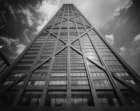
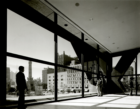
Completed in 1971, the five-story Weyerhaeuser Corporate Headquarters building — often called a “skyscraper on its side” — is composed of gently sloping landscaped terraces that step upward. At each level, deeply recessed windows run continuously along each side of the building, uninterrupted by wall surfaces or metal dividers. With lush vegetation spilling over the terrace walls, the building appears to merge with the surrounding environment. SOM was similarly guided by the idea of undefined boundaries in creating the interior design program. The building contains no full-height interior partitions, resulting in a visual melding of the company’s different departments into an open office landscape. The Weyerhaeuser Corporate Headquarters won the AIA 25-Year Award in 2001.
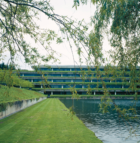

The Hajj Terminal is located at the King Abdulaziz International Airport, located 43 miles west of the holy city of Mecca. For its design of the terminal, SOM utilized the highly identifiable form of the Bedouin tent to create a marvel that was the world’s largest cable-stayed, fabric-roofed structure. The naturally ventilated building is topped by 210 semi-conical, Teflon-coated fiberglass roof units that are contained within a total of 10 modules. The modules are supported by 45-meter-high steel pylons. The complex contains facilities for sleep, food preparation, and various support services. Completed in 1981, it continues to serve as a physically welcoming, culturally symbolic, and structurally innovative portal for more than one million pilgrims annually. The Hajj Terminal won the AIA 25-Year Award in 2010
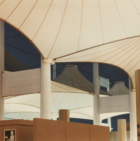
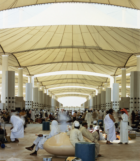
Exchange House, an elegant ten-story office building in London, exemplifies a core belief at SOM that virtually all of the world’s cities can generate new urban space. Completed in 1990, It is a building-bridge hybrid that spans over the merging tracks of Liverpool Street Station. The form and structure of Exchange House are built on an exposed steel bridge, enabling the rail yards beneath to continue normal functions. Four parallel structural arches, two expressed externally and two internally, provide the building’s skeleton, enabling column-free interior spaces. The project amounted to one of the largest net additions of new infrastructure in one of the world’s densest cities. The Exchange House won the AIA 25-Year Award in 2015.
